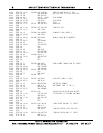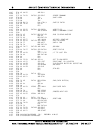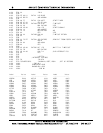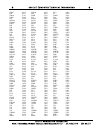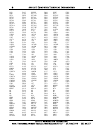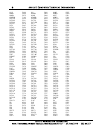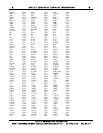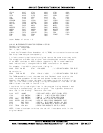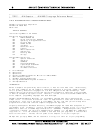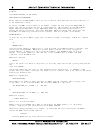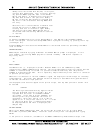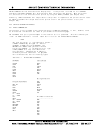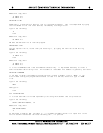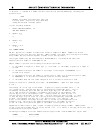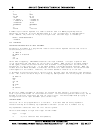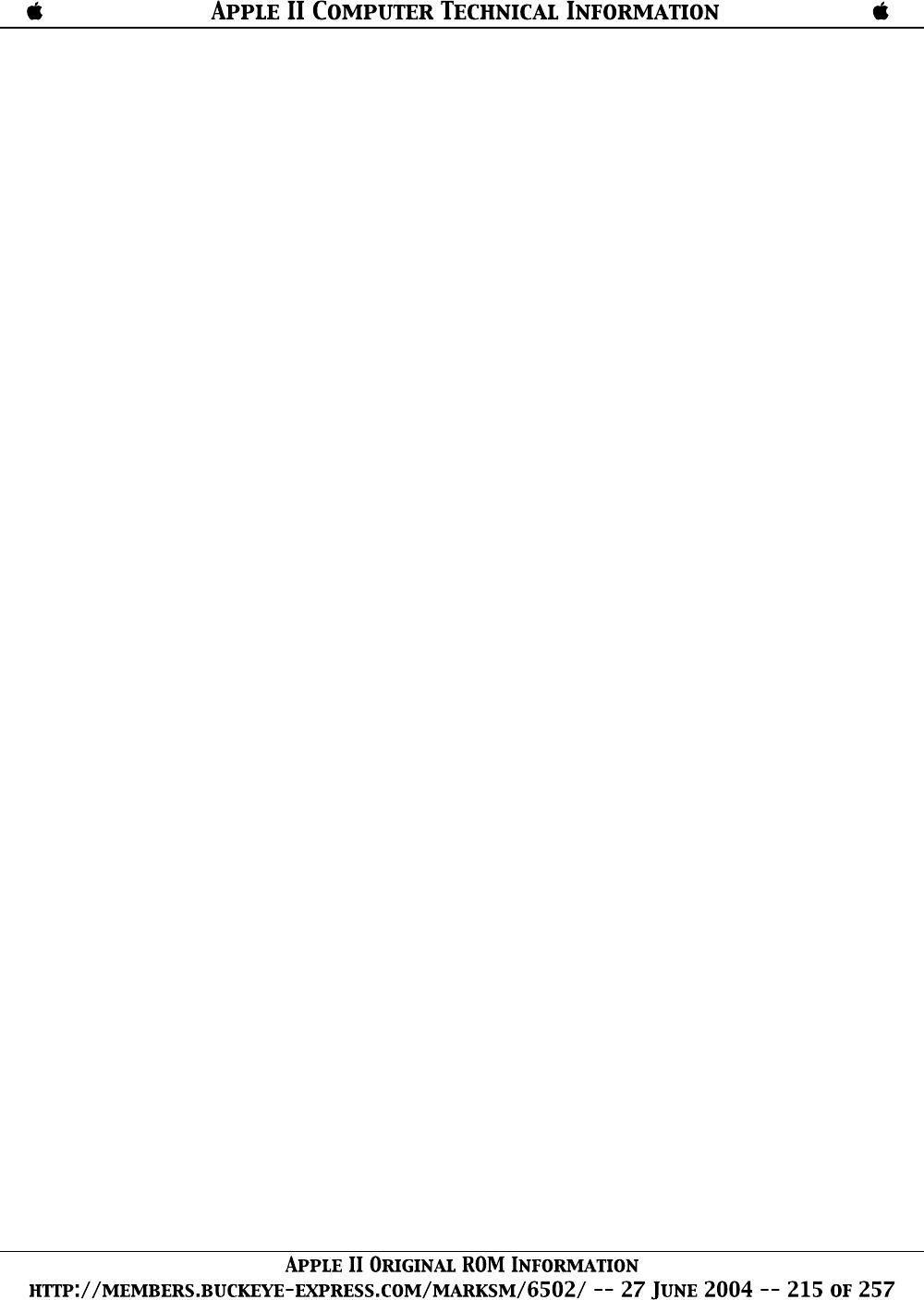
+------------------------------------------------------------------------
| TOPIC -- AIM Computer -- AIM BASIC Language Reference Manual
+------------------------------------------------------------------------
AIM 65 MICROCOMPUTER BASIC LANGUAGE REFERENCE MANUAL
Rockwell International Corporation
Document No 29650 N49
March 1979
TABLE OF CONTENTS
100 Installing BASIC in the AIM 65
200 Getting Started With Basic
201 BASIC Command Set
202 Direct and Indirect Commands
203 Operating on Programs and Lines
204 Printing Data
205 Number Format
206 Variables
207 Relational Tests
208 Looping
209 Matrix Operations
210 Subroutines
211 Entering Data
212 Strings
300 Statement Definitions
301 Special Characters
302 Operators
303 Commands
304 Program Statements
305 Input/Output Statements
306 String Functions
307 Arithmetic Functions
A Error Messages
B Space Hints
C Speed Hints
D Converting BASIC Programs not Written for AIM 65 BASIC
E ASCII Character Codes
F Assembly Language Subroutines
G Storing AIM 65 BASIC Programs on Cassette
H ATN Implementation
INTRODUCTION
Before a computer can perform any useful function, it must be "told" what to do. Unfortunately,
at this time, computers are not capable of understanding English or any other "human" language.
This is primarily because our languages are rich with ambiguities and implied meanings. The
computer must be told precise instructions and the exact sequence of operations to be performed
in order so accomplish any specific task. Therefore, in order to facilitate human communication
with a computer, programming languages have been developed.
Rockwell AIM 65 8K BASIC by Microsoft is a programming language both easily understood and
simple to use. It serves as an excellent "tool" for applications in areas such as business, science,
and education. After only a few hours of using BASIC, you will find that you can already write
programs with an ease that few other computer languages can duplicate.
Originally developed at Dartmouth University, the BASIC language has found wide acceptance in
the computer field. Although it is one of the simplest computer languages to use, it is very powerful.
BASIC uses a small set of common English words as its "comnmands." Designed specifically as an
"interactive" language, you can give a command such as "PRINT 2 + 2," and BASIC will immediately
reply with "4." It is not necessary to submit a card deck wish your program on it and then wait
hours for the results. Instead, the full power of the computer is "at your fingertips."
We hope that you enjoy BASIC, and are successful in using it to solve all of your programming



